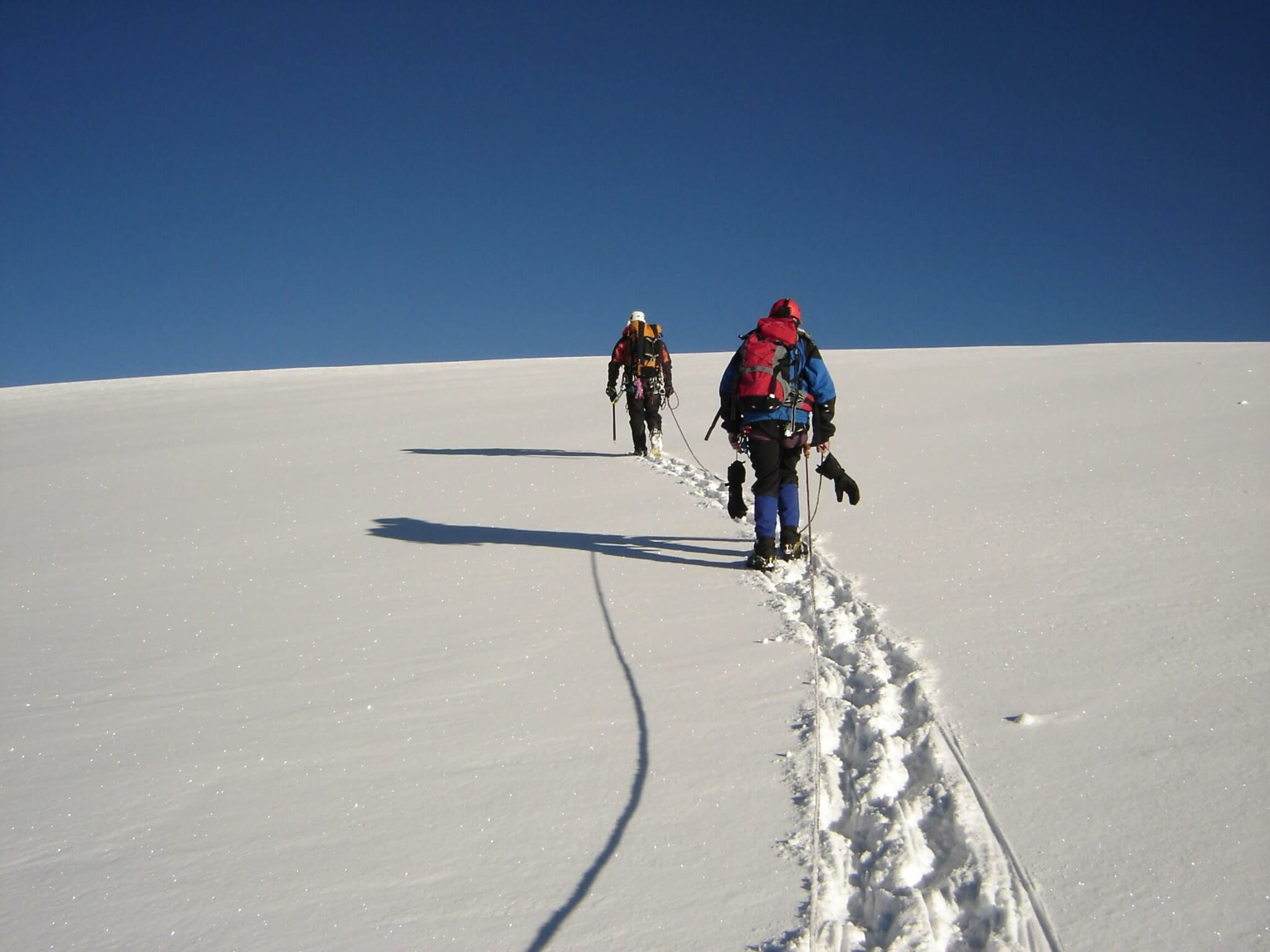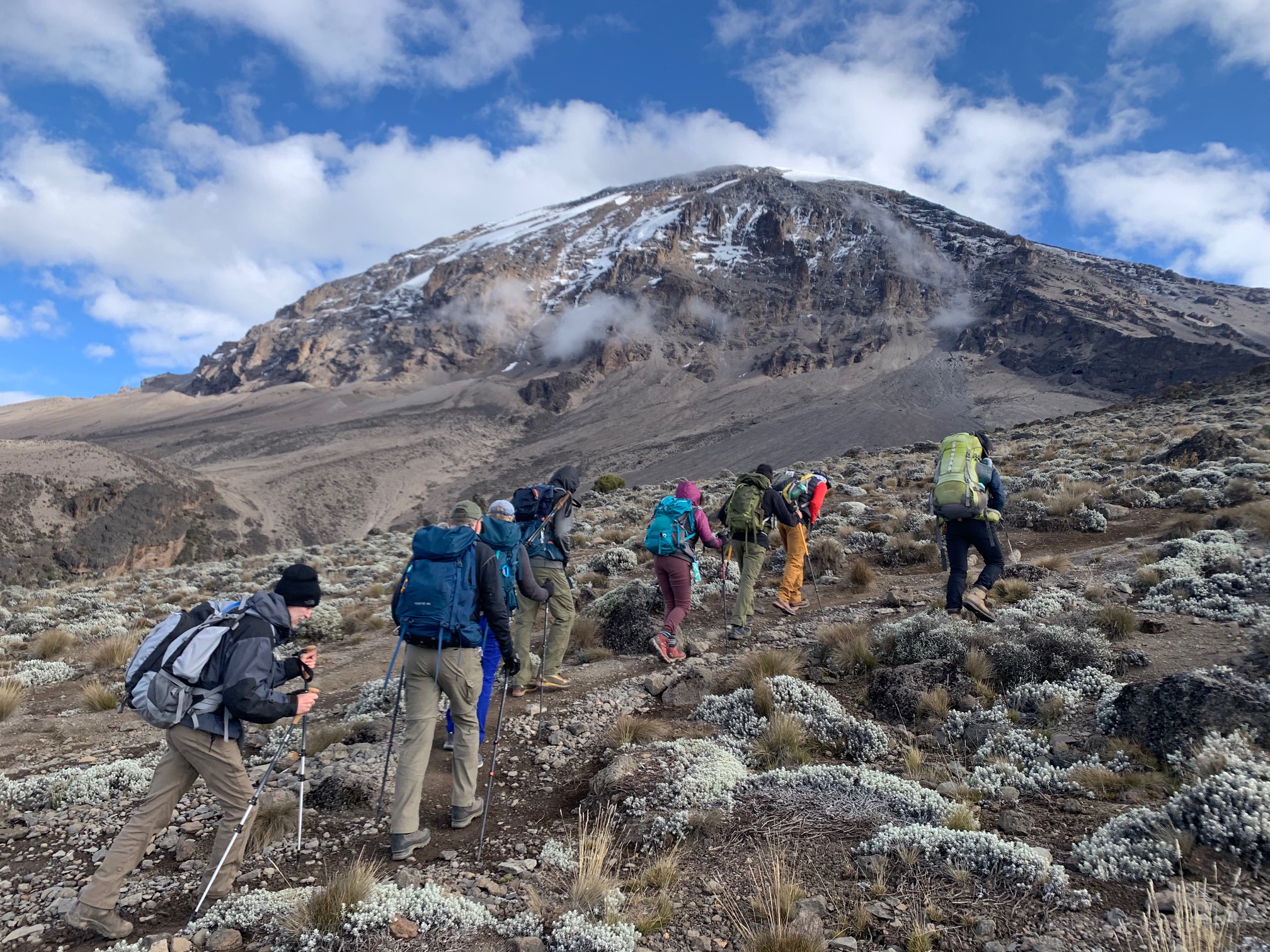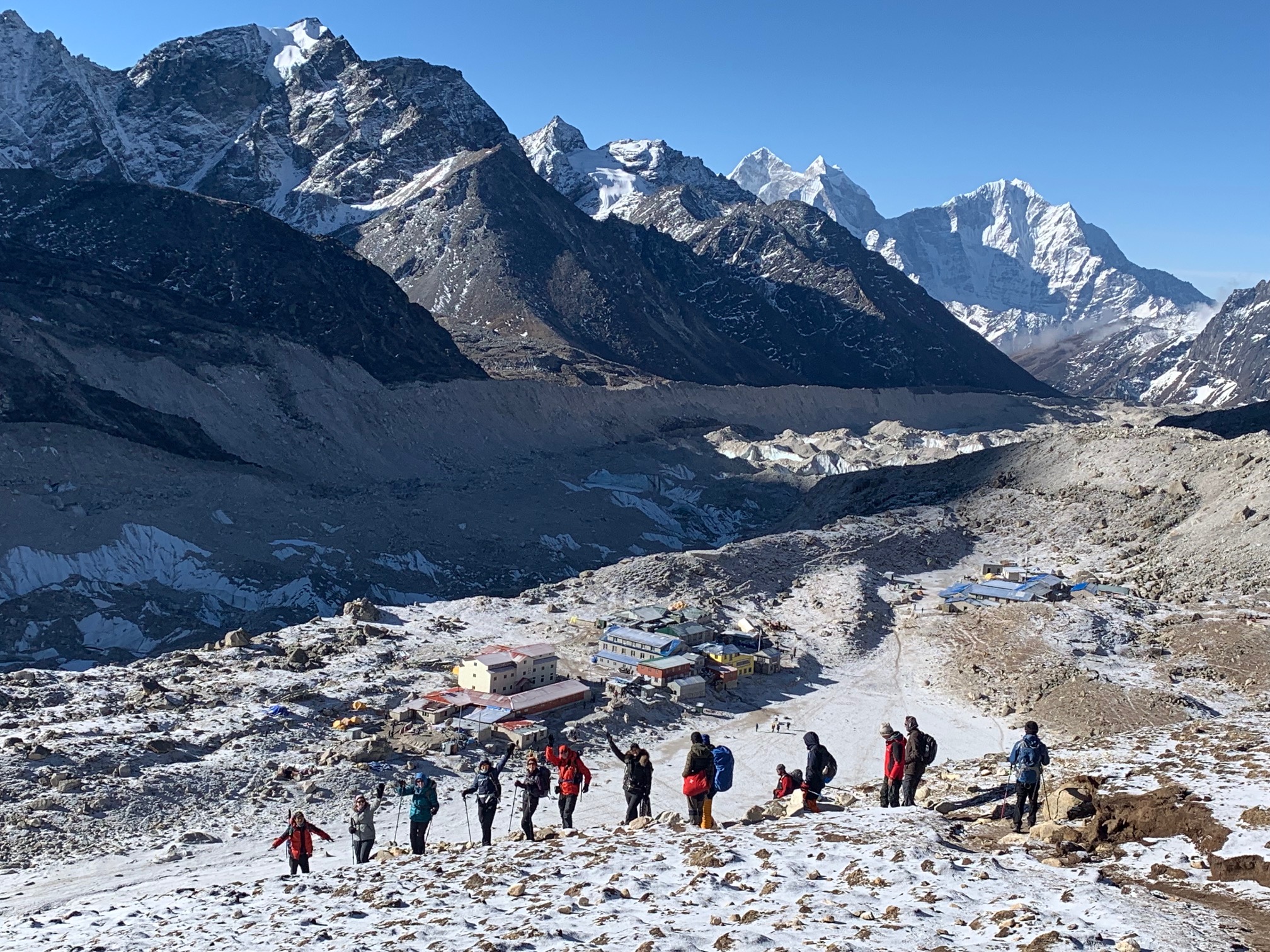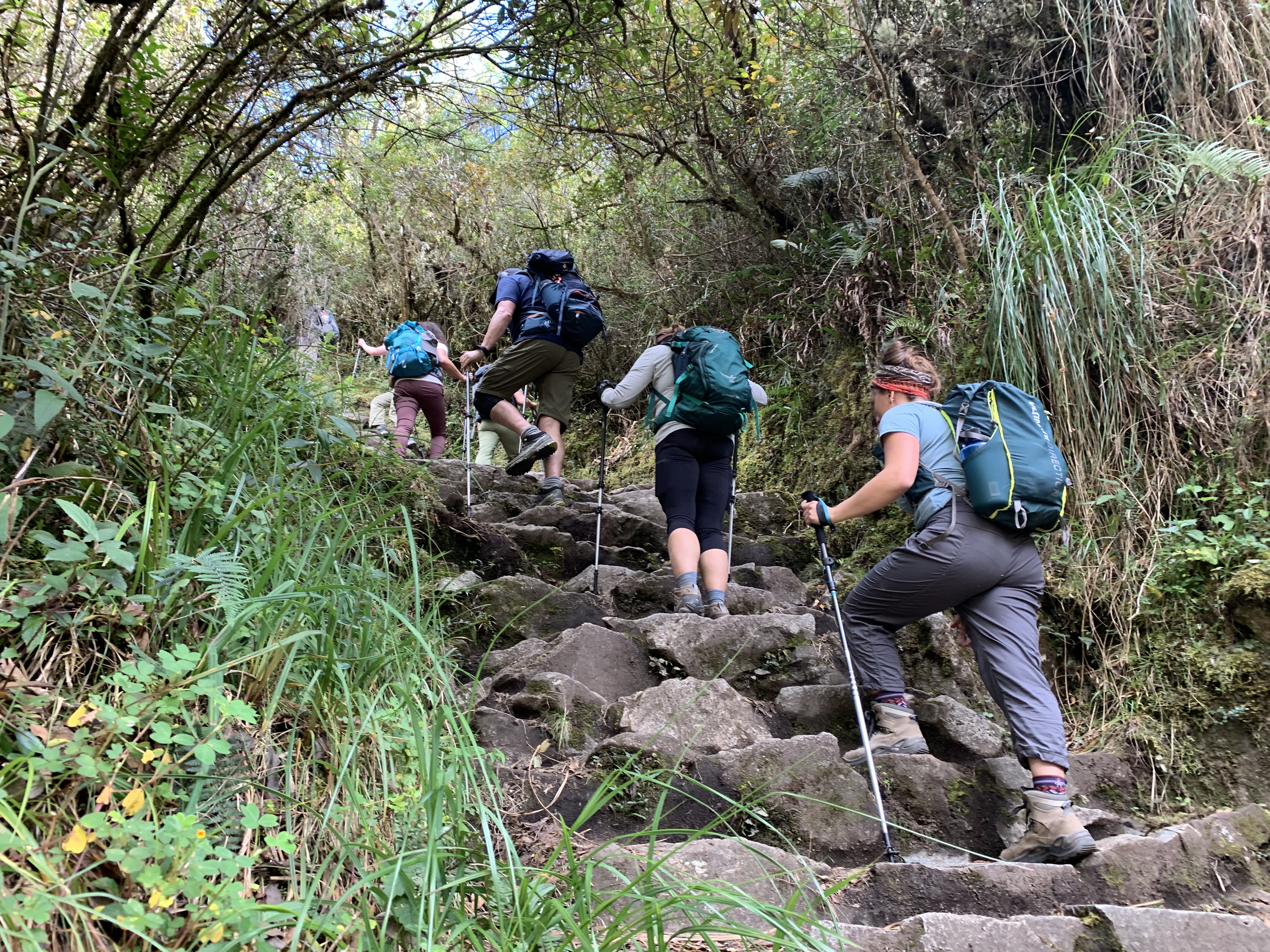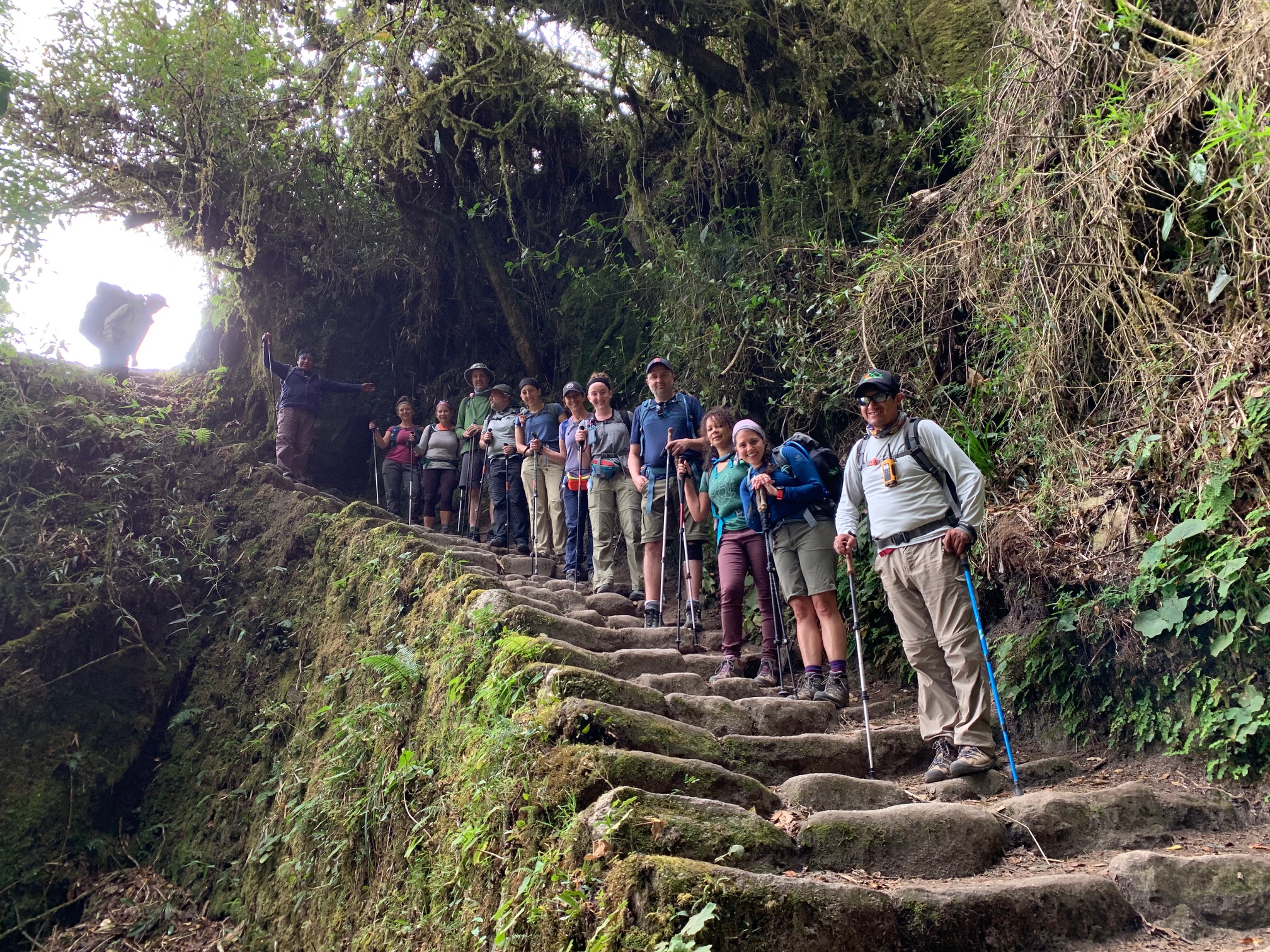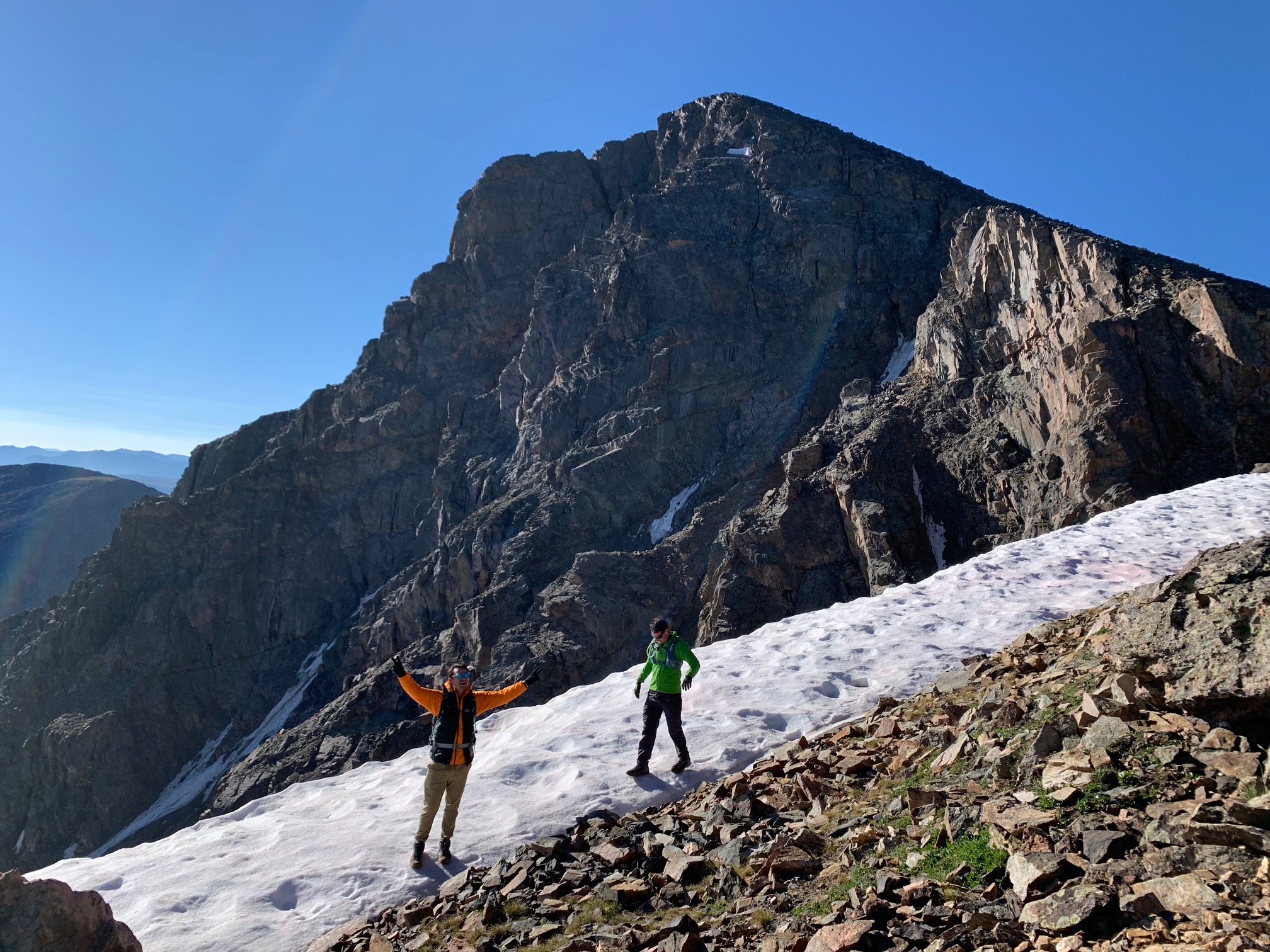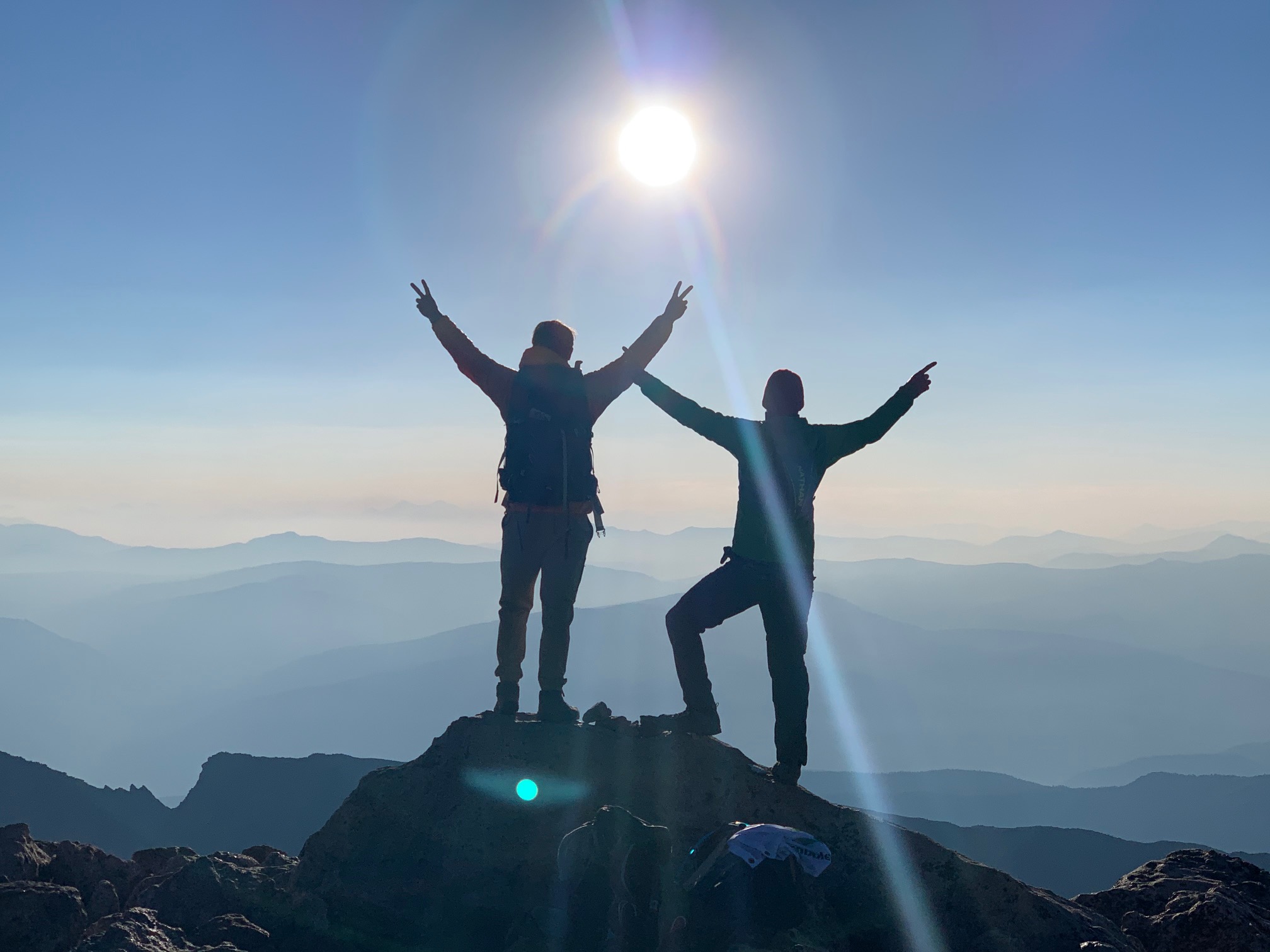Train hard, climb easy is the approach everyone should take in the worlds mountain ranges. Prior training and preparation are undertaken so safety for yourself and others is maintained in group travel. If you are doing the below, you will have no problem signing up to high altitude adventure. Check out our upcoming trips.
Safety First
When I think about training and getting prepared for a mountain trek or expedition, I think about our staff and making sure I am not a drain on resources. I also think about all our team members. Read some reviews from our trips.
I want to make sure each person has access to accurate information and we are available 5 days a week to answer any questions you may have. We know there are some key components for safety and success. There are also a lot of other elements you need to consider.
Fail to Train, Prepare to Fail
We know that training for a high-altitude adventure requires daily preparation, time, and personal commitment. After 20 years spent at high altitude in the mountains, we have learned that very specific training is needed to be safe and successful.
The reason I am writing this information is to encourage you to come fully prepared. I am still seeing people waste their time and money showing up on trips under prepared.
We have designed our itineraries with maximum acclimatization for your safety, success, and enjoyment.
We know you cannot fully train and prepare for low oxygen environments, but 80% of your success will come down to how physically prepared you are for your chosen adventure. This is in your hands. Remember that your safety, success, and enjoyment will come down to the daily training.
1). Acclimatization
Lack of acclimatization is one of the main season people are not successful in reaching their mountaineering goals at high altitude. Along with making the trip harder because not enough time has been given to creating red blood cells. This leads to a wide range of other challenges in cold environments. Read some reviews from our trips.
2). Professionally Led Trips
Pacing multiday trips is super important. Trips that go up too high too fast, create fatigue which leads to poor recovery. Professionally led trips manage this from start to finish.
Stress testing your body with specific training at home helps you build the strength and endurance, so when you come on the trip the exercise should be easier than your training at home. Not the other way around. This is important to understand.
You will not have as much oxygen for good sleep and good recovery once you go to high altitude above 2,500m/ 8,000 feet. All our tours have highly qualified guides on all our treks and expeditions. This means better safety and success.
We also have 4 guides for every group of 10 trekkers in Nepal. We have an award winning team in Nepal and our head guide on Kilimanjaro was voted the number 1 guide on the mountain.
3). Physical Training
There is no one size fits all when it comes to training. We have led thousands of people to success and we can help you understand the specific training needed for your chosen trek or expedition.
I like to train hard, but more importantly training correctly over a long period of time. I follow three phases of training before a trip and then maintain conditioning between trips.
Training in specific heart rate zones for specific periods of time building the length of time you exercise along with building up the weight you carry over time are key components of any mountain training plan.
This has worked really well for me over the past 15 years and helped me climb Mount Everest and many other mountains without getting injured. We are available for private consultations and we have developed Colorado mountain training courses. In addition we have guides available in Scotland to evaluate your training.
4). Stress Testing Your Body for Altitude
What does stress testing mean? simply put, stress testing is training your body. You can train your body to do most things. The key is to stress test or train the body to do the same activity you will be doing before you go on your chosen adventure.
When joining a multi-day trek or expedition in a low oxygen environment on steep challenging terrain your respiration will increase, you will dehydrate faster, and your body will be under more stress.
You will also find it more challenging to sleep, meaning there will be less oxygen to aid recover from the physical activity. This is why you need to stress test your body for high altitude and more importantly stress test your body for the activity you will be doing.
You need to fully understand the terrain you will be trekking or climbing on so you can train in the correct way.
Or what I am suggesting is, be over prepared do more, go the extra mile by building up to carrying double the weight you will carry on the trail. Train in a way that your body and muscles respond well in a low oxygen environment for the type of movement you will be doing. Learn more.
5). Putting This into Play
Think about the activity you are going to do, we can help you understand all of these elements really quickly on a private consultation. For now, think about the elevation gains, distances you will trek, terrain you will be walking on, hours of the activity, the altitude you will be going to and how many days you will be active on the trip.
Lets take Kilimanjaro as an example. We only really run 8 day trips on the Lemosho route for the best safety and success. Here are the elevation gains, distances, hours hiking.
The terrain is mixed with steep and gradual terrain. There are steep stairs, rocky terrain on the way down. So you need to apply this to your training and build up slowly over time. If the terrain is always going to 30 and 40 degree angle for hours of walking, well guess what this is the type of terrain you will need to train.
If your trek is all stairs like a lot of the Annapurna Base Camp trek, well guess what you need to be training on stairs up and down. We can help you understand these elements and build a training program that makes sense.
6). The Correct Equipment and Clothing
Have you tested your clothing and gear? Do you have the correct down jacket, sleeping bag, trekking boots, clothing and specific gear for your chosen adventure. Watch our Island Peak packing video.
You need to evaluate all your gear and make sure each piece of kit works and is tested. I can’t tell you how many people have shown up on trips with the wrong gear or they haven’t tested items to see if they actually work. Please check all your gear and clothing well in advance of your trip. Use each item before coming on a trip so you know it actually works.
7). Technical Training
If you are joining a trip or expedition with technical elements. You need to understand the techniques you need to be safe. We offer courses in Scotland and Colorado but it is up to you to come with the correct skill set. You need to be competent using ropes, gear, know your knots and be fully prepared.
There are a wide range of factors that add to your safety and you need to be thinking about all of them. One thing we can all do better on, is endurance training. Longer hikes, training sessions once a week.
Another thing that is missing in the mountains these days is awareness of your environment. Being physically prepared puts you in a position to be in full control of what is going on around you. You need to start thinking about your training and preparation today.
Climbing as Part of a Team
In my view, team work in mountaineering is an essential. Sadly, it has been missing in how some people approach the mountains these days. Working as a team from start to finish building a support network and working together is far easier than work as individuals.
We see these challenges in Himalayan mountaineering. Island Peak is one mountain that stands out for me. Learn more. We know that working with more guides and support staff is way to to approach big mountains.
Having enough support staff is the best way to manage trekking and mountaineering adventures. Most people hire a guide in the mountains and they have no idea of the acclimatization, training, group skills or group dynamics. These groups end in failure. Never compromising and cut corners in the mountains.
Physical Preparation
Training hard is critical for your safety and success. What does that mean for you? This is a question you need to ask yourself and if you can not answer all the questions you need to speak with professionals.
If you are seasoned hiker, used to carrying weight and part of a hiking club with years of hiking experience then you are probably ready for most of our trips. If not, you need to get planning and training for your chosen adventure.
We can help you. For me building up experience and training over a long period of time is important. Building slowly and steadily means you can build your strength and endurance over time.
Importantly, when you join an adventure the exercise, stress and exertion is a natural shift. Your training should lead you seamlessly into your chosen trip. If this doesn’t make sense get in touch with us.
There is No One Size fits All
You need to understand all aspects of the trip you are going on to really understand who you should training. Firstly, if you are going on the Inca trail to Machu Picchu you will be mostly hiking up and down stairs.
So you need to be training on steps and stairs. Secondly, along side this you will be carrying a backpack with 6kg/ 12lbs on a multi-day based. So you need to be training with a backpack.
Thirdly, this trip is at high altitude where a lack of oxygen will impact your ability to perform, so building up the weight you carry in your backpack over time will help ease the stress of high altitude and build endurance and strength in your training.
Get Specific Training Advice
I believe 80% of your training for every trip should involve hill work, up and down. Building up hours of weekly hill work is important. The stair master and 30 degree incline treadmill, weight training, cross training, Yoga, stability and core training are great. But if you have to find hills to get the specific training needed. Building strength and endurance requires hours of weekly training.
Always remember you are not trying to get the top of the mountain quickly. Slow and controlled movement will be the way we approach hills. Keep you pace steady while hiking and exercising, while building up the weight you carry in your backpack.
Carrying weight is key to building up the strength needed for high altitude trekking and mountaineering. There is far more to learn than anything written on the internet, that is why we are available 5 days a week to help you.
Keeping a Manageable Pace on the Actual Trip
Everyone is different when it comes to developing a training plan. I am 42 and my max heart rate is 184 beats per minute. Most of my training is done in the range of 135 to 150 beats per minute. Learn more.
When we talk about climbing easy, we are talking about getting from point A to point B on a trail as slowly as possible. Usually when I am hiking on Kilimanjaro, hiking on the trail to Everest or any trip for that matter my heart rates is usually 100 to 120 beats per minute. Remember I hike and climb weekly and have been doing so for 20 years.
Although exercise is necessary to acclimatize and create the much needed red blood cells. It is so important to maintain lower heart rates on the actual trip. This aids in lack of fatigue and better recovery in low oxygen environments.
Training harder with higher heart rates at home building up the weight you carry will pay off when you actually go on your trip maintaining lower heart rates and carry less weight. Learn more.
Drugs That can Help
Hydration is extremely important in low oxygen environments. Next to oxygen, water is the most important substance that our body needs to survive. Water makes up 60% of our body weight, and blood is normally about 94 percent water when the body is fully hydrated. Learn more.
Act like you are on a drip in a hospital and slowly give yourself water. Do not chug water just sip water and regularly. This is extremely important for coping in low oxygen environments.
Now, I am pretty sure that this is no surprise to any of you out there. However, I can’t tell you how many times I have been out backpacking, hiking or mountaineering with folks that just don’t give proper hydration the attention that it deserves.
Firstly you should strongly consider taking Acetazolamide (Diamox) 125mg in the morning and another 125mg in the late afternoon. Please consult your doctor before use.
You could also consider bringing ibuprofen 200mg tables and use for headaches and to aid sleeping at higher elevations. Ibuprofen will reduce the inflammation and help you sleep.
Your Age and Training
The reality is the older you are the more preparation you need to be doing. Trying to improve your Vo2 Max is important. You also need to be able to sustain certain heart rates for long periods of time. This endurance training is extremely important for your safety and success.
We highly recommend doing a Vo2 max test and seek professional advice on how to improve your physical capacity.
How Many Hours Will you on Your Feet?
If you are going to be walking 3,6,8 hours sometimes back-to-back up and down hills. You need to be doing similar activity in your preparation. How do you think you are going to manage when you have to do this activity for real in a wilderness environment on a multi-day basis?
Important Things you need to Review when it comes to Training
1). Daily elevation gains on your chosen trip
2). Hours of hiking per day on your chosen trip, not distances
3). What type of terrain will you be walking on?
4). What gradient will you be walking on up and down?
5). Do you know how to train for the downhill?
6). Amount of time spent above 14,000 feet.
7). What are your heart rate training zones should you be training in?
8). Do you know how to improve overall body strength?
9). How is your stability?
10). How can you improve endurance for trekking?
11). Map out a training plan building up to 5/6 days a week.
Follow The Guides
On our trips we hold safety the entire team extremely as our number 1 priority. If you are not physically prepared and cannot stay with the group or if you are under too much stress and pressure and overexerting our staff will discuss options with you to return to low elevation. This is not negotiable.
Our guides have extensive experience leading teams and individuals in the mountains. If one of our guides instructs you to turn around, you must follow their instructions. Your safety and safety of our groups have to be our number one priority.
These decisions are not taken lightly but knowing that our guides know what it takes to complete the trip safely and if you are not performing on the trail you will need to follow their advice at all times.
Our website has a lot of advice on training for low oxygen environments and here are some pages you need to review. You will also find specific training advice on each of our trip pages.
1). Training for low oxygen environments – Click here
2). Heart training zones – Click here
3). Training for the downhill – Click here
4). Go the extra mile in your training – Click here
5). Training for big mountains – Click here
Contact Us
We are experts at managing hiking, trekking and leading mountaineering trips around the world. Our Award winning teams and guides have been leading teams for decades. Contact us and we can help you on your journey. You have many choices we offer a personalized service with own unique itineraries designed and safety and success. Our trips will give you the best acclimatization with more staff and support for every trip we run.

